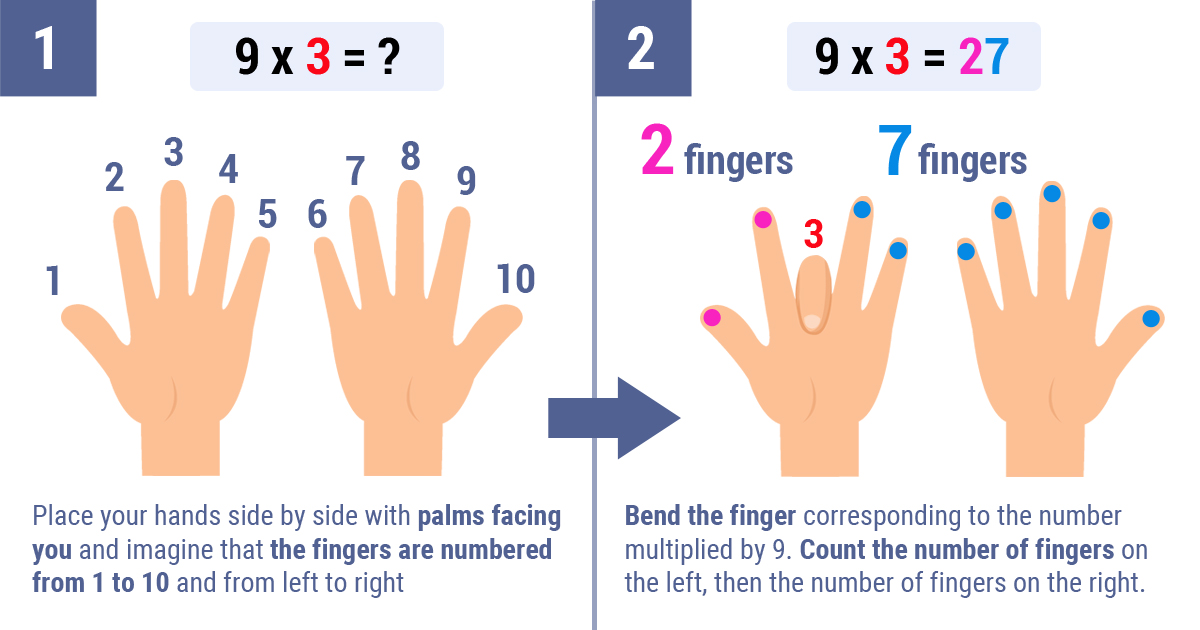Times Tables
Please support your child with their times tables by providing access to the Times Table Rock Stars. We recommend a little and often approach, 5 minutes 4 to 5 times per week. Times Table Rock
Stars is an online resource for your child to practise their tables and importantly their speed of recall. The more practise they have the more confident they become.
TTRS is available for all children Year 3 upwards. From Y3 to Y6, your child’s class teacher will set the tables for your child to practise. This will include previous tables, already considered to be secure, as well as new learning.
Other strategies for support at home include:
• Learn a little at a time – if you start a new times-table don’t try to master it overnight. Start with 1 x 5, 2 x 5 one day then add more in when they are used to the sequence.
- Constant revisiting of all the tables is important as they are easy to forget when you move on to a new set.
• Demonstrate using concrete apparatus so that children can see, for example, 3 lots of 4 as 3 rows of 4 sweets.
• Use real-life situations to develop understanding of times tables, for example: “If you save 3p every day, how much do you think you would have saved in a week?”
• Use rhymes to aid memory
5,6,7,8, 56 is 7 x 8
I ate and ate `till I was sick on the floor: 8 times 8 is 64!
Wakey, wakey, rise and shine: seven 7s are 49!
Talk the tables:
• Count forwards and backwards in 2s, 3s, 4s, etc.
• Put one more finger up every time you move onto the next number in the sequence, if this will help the child to remember which number they are up to.
• Chant the tables in the old fashioned way .
• Working on only one table at a time, try saying them out of order, like: 3 x 5 = ? could be
followed by, 3 x 7 = ?
• Give them the answer, for them to work out the question. Like, 35: how many 5s make this?
Using fingers to calculate the nine times tables:
• Lay both hands flat, palms down, on the table.
• Number the fingers, from left to right, 1 - 10.
• If you want 7 x 9, wiggle the third finger and then curl it under.
• On the left of this finger there are 6 fingers (6 TENS).
• On the right of this finger there are 3 fingers (3 ONES) 6) 9 x 7 = 63
Look for number patterns in the tables
0x Table - Think of `empty pockets'. Ask your child how many pockets he or she has in the clothes they are wearing at the moment. If there are three pockets, all with nothing in them, then they have nothing. It doesn't matter how many pockets they have, if they are all empty, then there will be nothing. 3 x 0 = 0 etc.
2x Table - After 2, 4, 6, 8, 10, the pattern is repeated in the last digit , like: 12, 14 ,16 ,18, 20, 22, 24.
3x Table - The numbers follow the pattern: Odd, Even, Odd, Even e.g. 3, 6, 9, 12, 15.
Also, if you add the digits they always make a multiple of 3, e.g. 45 – 4 + 5 = 9 and 9 is
in the 3x table.
4x Table - All of these are double the two times table: 2, 4 ,6, 8 ,10 (2x table) ,12, 16, 20 (4x table)
5x Table - Any odd number times 5, ends in a 5.
Any even number tunes 5 ends in a O: 1 x 5 = 5 2 x 5 = 10, 3 x 5 = 15, 4 x 5 = 20
6x Table - These answers are just double those in the 3x table:
3 ,6, 9 ,12, 15 ,18 ,21 (3x table)
6, 12 ,18, 24, 30, 36, 42 (6x table)
So if you are x by 6 then just x by 3 and double again!
8x Table - These answers are all double the 4x table:
4, 8, 12, 16 ,20 (4x table)
8 ,16, 24, 32, 40 (8x table)
So if you are x by 8 then just double the number, double it and double it again!
9x Table - All of the digits add up to 9. This even works for really high multiples of 9, but
you need to keep going until there is only one digit: 9 x 4 = 36 (3 + 6 = 9)
11x Table - Both digits are the same (for answers up to 100). You can also think of it as 10x
tables, plus one more ‘lot’ of the number that you are multiplying by 11:
9 x 11 is the same as 9 x 10 + 9.
12x Table - If you've learnt all the other tables - there actually should only be one
extra fact to learn by this stage: 12 x 12 = 144.
Key Times Tables to Learn






